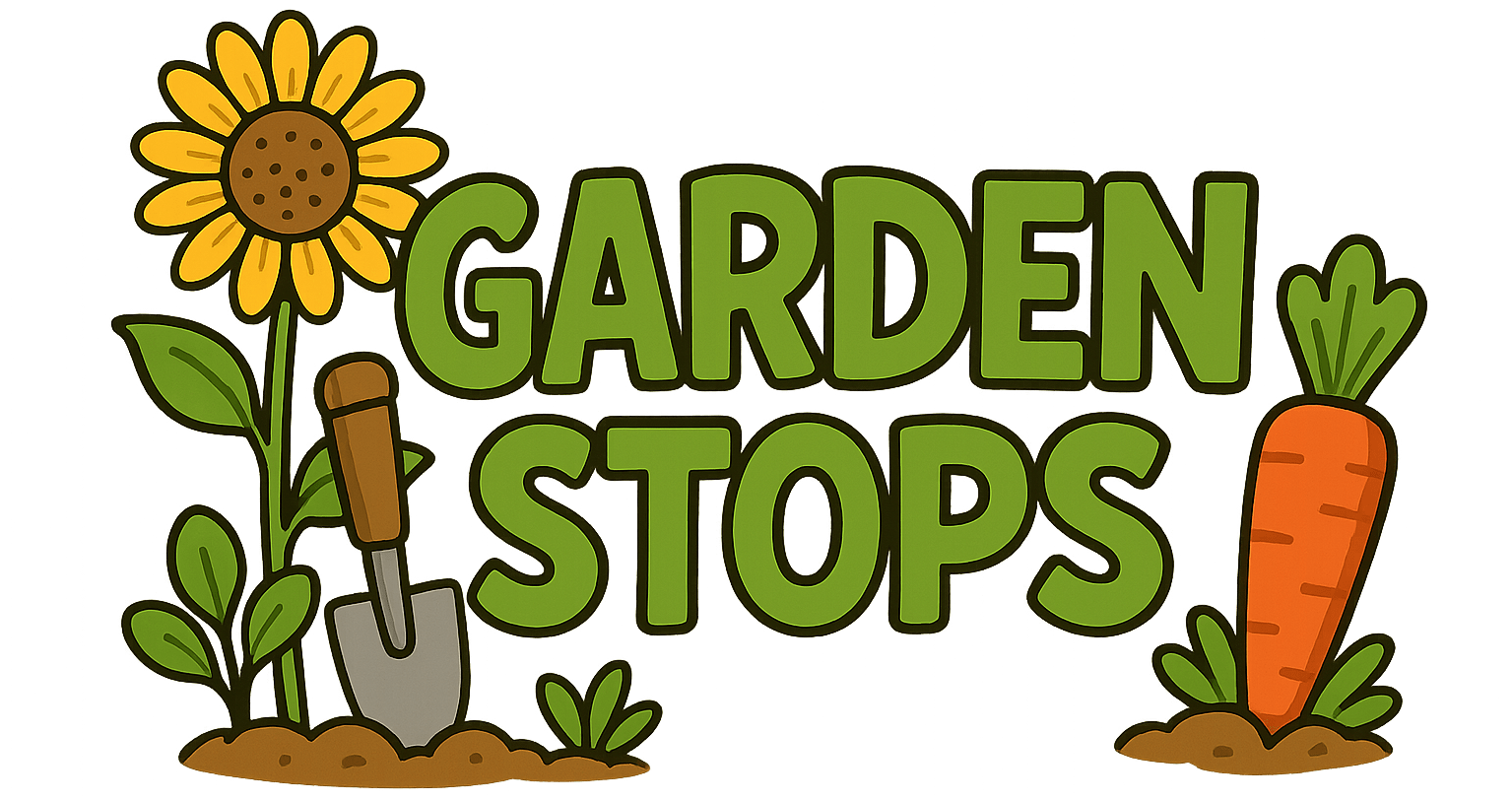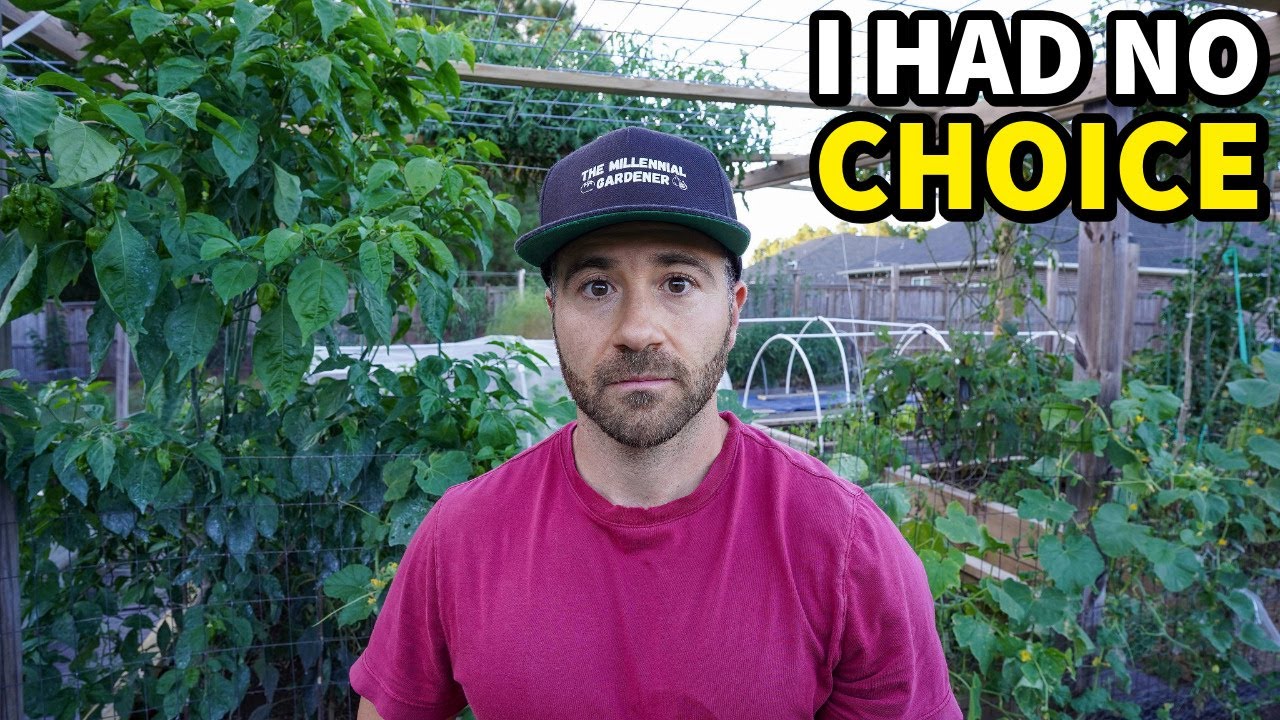Is your garden in serious trouble? If you’re noticing unexpected changes, struggling to keep your plants healthy, or unsure what’s going wrong, you’re not alone. Your garden’s health is vital, and understanding what’s happening can help you save it before it’s too late. Let’s explore the challenges your garden faces and what you can do to turn things around.
Introduction
There’s something humbling about stepping out into your garden, only to find that, rather than the lush paradise you envisioned, it’s more akin to a botanical battleground. My garden has been in serious trouble—an unintentional comedy of errors, neglect, and a few stubborn pests that seem determined to defy all my efforts. It’s like watching a soap opera unfold among the tomato plants and marigolds, complete with dramatic overgrowth and subtle betrayal by the soil. But amidst the chaos lies a lesson: when your garden is on life support, sometimes you need to roll up your sleeves, grab your tools, and get creative—think pickling, organic fertilizers, and some nifty tips to revive your green paradise. Welcome to my “garden intervention,” where I share not just the woes but the ways I turned my failing plot into a bountiful haven, all while learning a thing or two about garden safety, preservation, and the art of neighborly compost sharing.
Before diving into the salvation plan—pickling, pest control, and garden hacks—let’s take a deep breath and acknowledge the truth: every garden has its seasons of celebration and despair. I’ve been through the rot, the squash that refused to produce, and the endless war with aphids that seem to have taken up permanent residence. But the joy of harvest, even if small, is enough to spark hope. And when things get truly dire, it’s the promise of fresh, delicious preserved foods and the satisfaction of turning garden debris into gourmet pickles that keeps me going. The story of my garden isn’t just about plants—it’s about resilience, DIY charm, and a bit of old-fashioned know-how that anyone can learn, whether you’re a seasoned gardener or a total novice. So, let’s explore how I fought back, and how you can turn your own garden turmoils into triumphs.
Turning Garden Doom into Delicious Preservation
When your garden’s at an all-time low, what’s the smart person to do? Instead of crying over cracked tomatoes or wilted greens, I learned to harness the chaos and turn my produce into something spectacular: pickles, jams, and preserved peppers. Pickling, in particular, might sound like a culinary art reserved for the seasoned chef, but it’s really just the garden’s way of saying, “Hey, let’s make sure we don’t waste a single cucumber.” I dove headfirst into the colorful world of water bath canning, which is surprisingly straightforward if you have a water bath canning kit, some bold jars of various sizes, and a little patience. Smaller jars (like 16 oz) are perfect for single servings or gifted jars, while the larger 32 or 64 oz sizes help store enough from an overflowing harvest to last through the winter.
The magic begins with a homemade pickle brine that’s as much a science experiment as it is a culinary experiment. I whisked together water, vinegar, sugar, salt, garlic, bay leaves, dill, mustard seeds, peppercorns, coriander, and turmeric, turning humble ingredients into a symphony of tang, spice, and savory goodness. The process—filling jars just so with your vibrant produce and sealing them with proper lids—feels both ancient and oddly satisfying, like a secret garden spell. As those jars sit on the pantry shelf, swirling with flavor, I realized that even in my most troubled gardening days, I still held the power to create something delectable—and long-lasting—that would remind me that hope (and good cooking) is just a jar away.
Practical Garden Survival Tips: Beyond the Pickles
Of course, preventing garden despair is as vital as curing it. One of the first steps I learned from the Millennial Gardener video is simple yet often overlooked: protecting your crops with insect netting, shade cloth, and weed barriers. It’s like giving your plants a fortress—an invitation for them to thrive and flourish instead of becoming insect buffet or succumbing to sun scorch. Using pruning snips to harvest early and often keeps your plants healthy, making sure your veggies don’t fall prey to rot or pests before you get a chance to enjoy them. Fertilizing organically—think Jobe’s, Espoma, or Jack’s—gives your garden that boost it desperately needs after being depleted by a season of neglect, ensuring robust growth next time.
The garden’s not just about planting and watering; it’s an ongoing project of stewardship. When I learned to utilize a variety of tools like canning funnels and bubble removers during my preservation ventures, I discovered that seemingly small hacks could make a world of difference. Whether it’s gathering clean mason jars of different sizes for versatile storage or using a weed barrier to keep the chaos at bay, these practical tips have become my secret weapons against garden failure. It’s a delicate dance, really—balancing organic fertilization, pest control, and timely harvesting—guided by experienced tutorials that make DIY gardening feel approachable. Despite the setbacks, each effort feels like a small victory—proof that, even in trouble, growth is possible.
Frequently Asked Questions
How can I prevent my garden from becoming overwhelmed with pests and weeds?
Prevention begins with key early measures: using insect netting protects your plants from relentless bugs, while shade cloth can shield delicate seedlings from scorching sun. Applying a good weed barrier helps keep invasive plants at bay, reducing the competition for nutrients and water. Regular inspection and prompt pruning help prevent pests from establishing colonies. Organic pest control solutions—like neem oil or ladybugs—are fantastic on this front, offering a natural shield without harmful chemicals. Consistency is crucial; proactive measures today save you a headache tomorrow, making your garden a fortress of health rather than a battleground.
What are some beginner-friendly tips for successful canning and preserving?
Start with simple recipes—think classic pickles or applesauce—and use a water bath canning kit for safety and ease. Gather the proper jars: 16 oz, 32 oz, and 64 oz sizes provide flexibility, and always ensure lids and screw bands are fresh and properly sealed. Don’t rush the process; sterilize your jars thoroughly and follow tested recipes exactly, especially the vinegar proportions and processing times. Utilizing canning funnels and bubble removers ensures a good seal and eliminates trapped air bubbles, leading to better preservation. Over time, you’ll find it’s less intimidating and incredibly rewarding to see jars filled with your garden’s bounty, ready to enjoy months later.
How do I choose the right fertilizers for organic gardening?
Organic fertilizers like Jobe’s, Espoma, and Jack’s are the industry standards for nurturing healthy soil without harmful chemicals. Jobe’s spikes are great for targeted feeding, while Espoma offers stuff like Garden Tone for broad-spectrum organic nourishment. Jack’s, especially their organic blends, provide a balanced diet for hungry plants, especially during the vigorous growth phase. When selecting, consider your soil’s needs—testing kits can help you determine nutrient deficiencies—and tailor your fertilization schedule accordingly. Organic fertilizers foster microbial activity and improve soil health, which in turn produces better crops—more flavor, more nutrients, and less worry about chemical runoff.
How can I turn my overflowing harvest into delicious preserved foods?
First, decide what’s most abundant—that’s usually cucumbers, beans, or peppers in my garden—and gather the necessary tools: jars, lids, screw bands, and a water bath canning kit. Prepare a flavorful brine with vinegar, spices, and herbs to suit each vegetable’s personality. Then, sanitize your jars, fill them with your fresh produce, and pour the hot brine over to create a pickling wonderland. Use a canning funnel to avoid messes, and a bubble remover to eliminate trapped air—crucial for safety and quality. Process the jars in a boiling water bath for the specified time, then let them cool and check the seals carefully. Tasting your homemade pickles afterward is an exhilarating reminder that even a garden in trouble can produce golden moments in a jar.
What are some eco-friendly strategies to revive a dying garden?
Focus on enriching your soil with organic compost and fertilizers, reducing chemical inputs that can harm beneficial insects and microbes. Incorporate companion planting, which naturally deters pests and encourages growth—marigolds paired with tomatoes, for example, are an old gardener’s secret weapon. Use insect netting and weed barriers to minimize pest intrusion and weed competition without resorting to harsh herbicides or pesticides. Shade cloths can protect fragile plants from extreme weather swings, giving them a fighting chance. Most importantly, observe and adapt—sometimes a little pruning and a gentle hand during watering can make all the difference. Your garden’s revival—like all good stories—begins with a small act of faith and a lot of organic love.
Final Thoughts
In the grand tapestry of gardening, failure isn’t the end but merely a plot twist—an invitation to learn, adapt, and grow stronger. My garden’s serious trouble became a springboard for discovery, from crafting perfect pickles to establishing healthier soil and pest-resistant plants. Each small victory, whether a thriving pepper or a successful preservation, feels like a quiet revolution of resilience. Gardens, after all, are living stories—irregular, unpredictable, sometimes chaotic—and that’s what makes them so charming. So if your green space is in distress, take heart, pick up your tools, sprinkle some organic fertilizer, and try your hand at turning your harvest into edible treasures. Because, in the end, the garden’s greatest lesson is this: out of trouble grows the sweetest reward.

